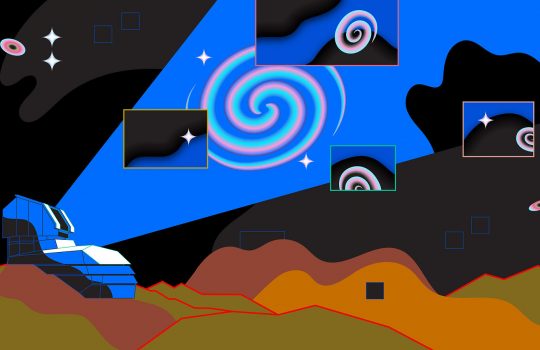Meet 5 women who have revolutionized science on the past 5 years
From IG Último Segundo (Brazil), March 7, 2021: Fermilab researcher Marcelle Soares-Santos was included in this International Women’s Day story for her studies on dark matter and dark energy.


